Today I have my friend, Kelly Snyder, here with me to talk about Pinterest KPIs. Kelly was on the podcast way back on Episode 4, where we talked about how to know and understand your Pinterest audience. Kelly has been blogging since 2009 (she calls herself a “blogging dinosaur”) at Redefined Mom. About three years ago, she created the online course Adore Your Wardrobe — which dissects the math and science behind how we should dress our bodies.
Kelly and I are both very passionate about how to NOT waste our time and our money, and I’m super excited to share our conversation with you today.
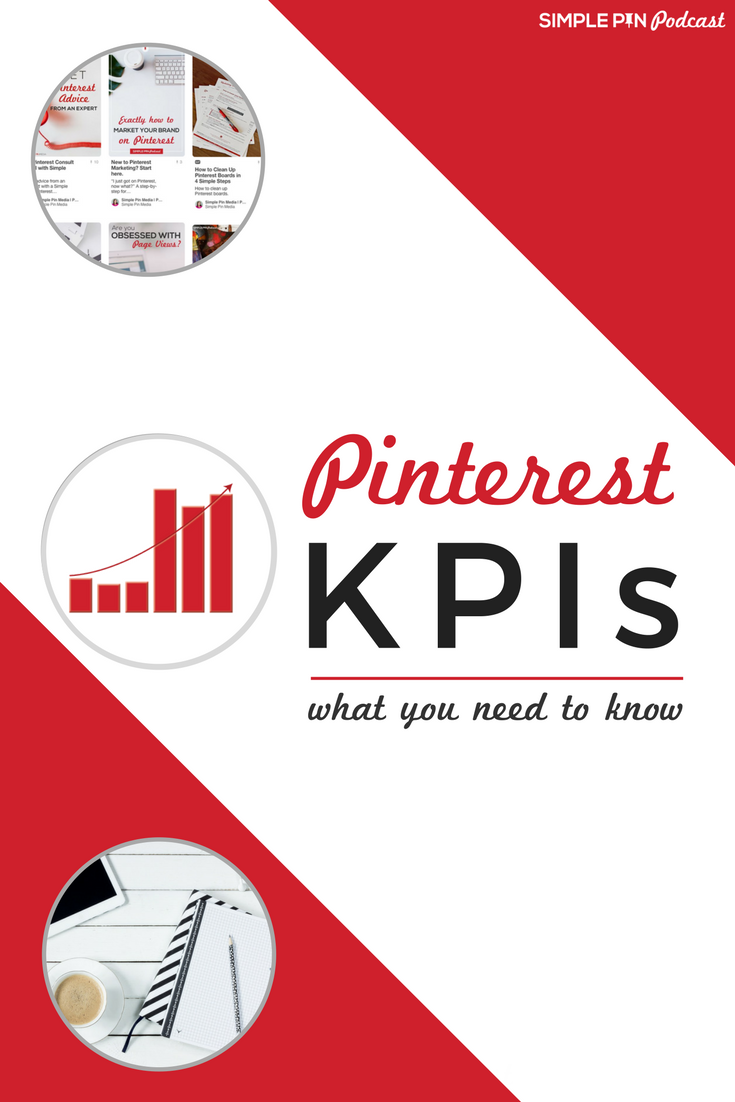
Pinterest KPIs: How to Measure Your Success
What Are KPIs?
Kelly remembers hearing about KPIs for the first time and trying to figure out what they were. Some random Russian word, maybe? Well, not quite. KPI is an acronym that stands for Key Performance Indicators.
KPIs can be a lot of different things but, essentially, they are a data point. It is the hard data that we use to measure the health and effectiveness of our business and to make decisions about the future of our business. Kelly calls it the “line in the sand” that you can filter all of your decisions around. KPIs can be conversion rates, revenue, how many email leads you have, etc… It’s just a way to measure your effectiveness in business.
An important thing to note is that KPIs are different for all different types of business. My KPIs will look totally different than Kelly’s because our types of business are different. So take some time to research your business to decide what KPIs are most useful to measure and don’t simply adopt what someone else uses for their business.
And don’t over complicate it! Focus on one area at a time. Drill down on one segment of your business and nail down your KPIs before moving onto another segment.
The Main Pinterest KPIs
Since we’re talking about Pinterest, the 3 main KPIs that we hear people talk about (and the ones we use at Simple Pin) are sessions and page views, repins/saves, and followers. I don’t put a lot of emphasis on followers anymore because I don’t believe that it’s a good metric to track the health of your business. Kelly and I are going to talk a little bit about how you begin to evaluate the KPIs.
Related: Important Metrics for Digital Product Sellers
Example: KPIs for the Redefined Mom Blog
Kelly’s top KPIs for Redefined Mom include:
- revenue
- email conversions
- profit/loss overall
- profit/loss by business “silo”
You might have noticed that Kelly doesn’t mention website traffic at all on this list. She says that traffic is a vanity metric. Traffic comes from so many different sources, depending on how vested a person is in you and your message.
For example, if you have people that are part of your email list that regularly visit your blog, those people are really invested in you, compared to people who randomly find your blog based on a search term. Those people grab the information they need and then leave. To Kelly, that makes traffic way less important than her email list or how much money she is making.
Related: Pageviews vs. Income: Which One Matters Most?
The Traffic Default
Kelly thinks that traffic is the “equalizer.” When we talk to people in the same industry as us, it’s easy to bring up traffic and to gauge ourselves as important. It’s a shame because instead, we should be talking about overall revenue or revenue per page. So what’s your revenue per person who visits your page? That’s way more important than how many page views you get.
A common misconception is that if you increase your page views, your ad revenue will follow at the same pace as it did before. First, it’s important to consider that a page view in which someone spends 3 seconds on your site is very different from a page view in which someone spends 3 minutes on your site. Keep in mind, ad revenue is not the only way to make money on your site.
Moral of the story: if you are chasing page views, you need to think a little more critically. If traffic goes away tomorrow and ad revenue is the only thing bringing money into your business, you will be out of luck. Start thinking about those other KPIs that will help you diversify.
Making the Shift
Ads: The main thing Kelly is thinking about when running an ad — whether it’s a promoted pin or a Facebook ad– is “What is the end goal?” You don’t want to just throw money at something and not know what your desired outcome is. That’s essentially just throwing money away.
Let’s say Kelly is going after some new leads. She always looks at her ad and how effective it is. One KPI she would look at is how many people land on the ad and then follow it over to her opt-in (her email list), and how many of those people actually opt in to her email list. Let’s say you spend $100 a month, but you’re only converting 25% percent of those people into an opt-in. So maybe you change your sales page a little or change the ad a little. That might increase your conversion rate from 25% to 35%.
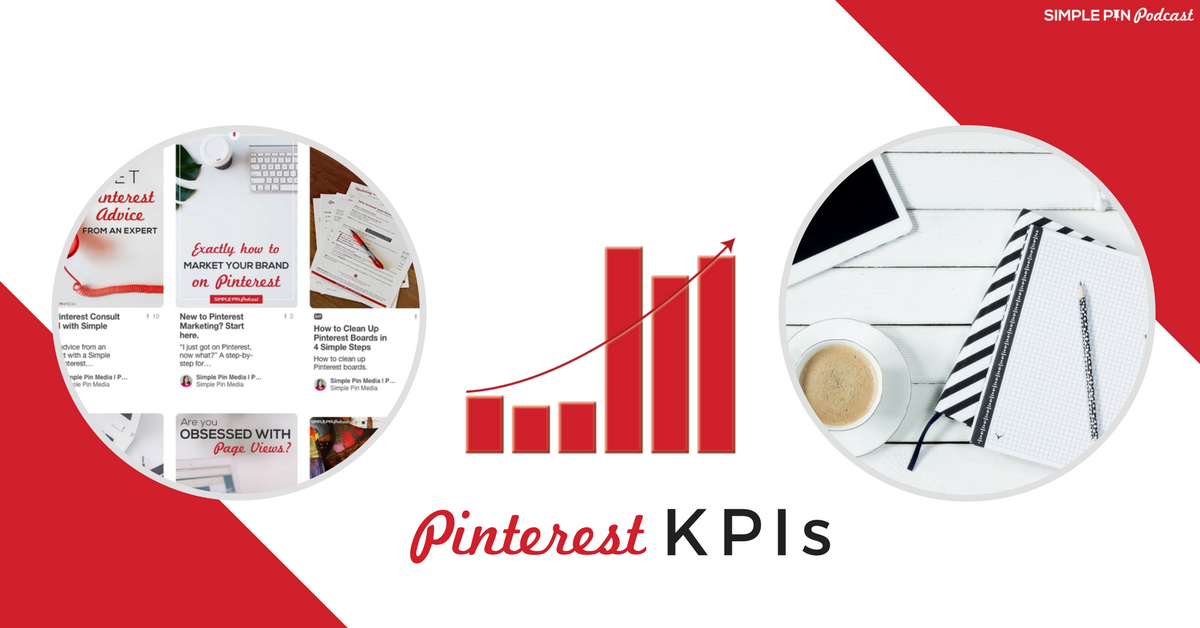
Cost Per Lead: Another KPI to consider is the cost per lead. How much money are you spending on paid advertising and how many leads did you get for that? Because of changing algorithms, your conversion rates can also change. Allow yourself to make good business decisions instead of just having gut reactions. Don’t just throw money at paid advertising, expecting a good return on it. After working with KPIs for a year or so, it’ll become easier to recognize what you can finagle and what you can’t. It’s important to figure out what it will cost you and what the return will be.
Analytics and Knowing Your Metric
A lot of people are asking what a good cost per lead is, and how you figure that out. Kelly says that it really depends on what you’re selling. Kelly has a post on Redefined Mom that is very affiliate link-heavy, and she makes money when people click those links and buy something. She can convert those links into pretty links, which enables her to track how many clicks each of these links get. She can even take it a step further and go create a special link within her affiliate portal and then track exactly how much money she is making off of that specific post.
Let’s say you make, on average, $1 from a specific post on your site every time someone hits that page (which you’ve learned from tracking it over 3-6 months). Now let’s say that you make a 75 cent ad to get cold traffic to your page, and you’ll get $1 every time someone clicks on that ad.
If you put 75 cents into the ATM and you know that $1 is going to come out, you would just stand in front of that ATM machine and just keep putting in the quarters and getting back dollars every time. – Kelly Snyder
If you know your stats, you’ll know how much to spend on ads to achieve your revenue goals. The big question is: how are you going to turn your traffic into a benefit for both you and the person visiting the site?
How Do I Start?
If you’re starting a blog, Kelly’s biggest piece of advice is just to write consistently. Take 6-8 months to really hone your craft and become an even better storyteller. Great content always wins. It gets talked about, shared, and rises to the top.
The second thing you should focus on is your site design. Is your site easy to navigate? Are your sentences easy to read? Do you have great images? You don’t want people clicking out of your site because it’s not aesthetically pleasing.
Finally, start networking! Find other people who are doing the same thing as you. From a KPI standpoint, find out what resonates. What are you sharing that is creating engagement? Once you know that, you can understand what direction you should head.
Don’t Box Yourself In
Kelly advises against boxing yourself in. She says that she hasn’t changed as a person, but her online presence has shifted more than one time and I totally agree with that. Allow yourself to grow and follow the leads and patterns that are creating engagement. Turn off your RSS feed and communicate with your audience via email newsletters so that they can be a part of your world.
Related: Email Marketing is Alive and Well
You want people to be responding to your emails. You want that relationship with your audience. It’s not supposed to just be about traffic or having people buy a product from you. But when you’ve built a relationship with your audience, they are more likely to buy that product because they know you.
Don’t put all your eggs in a basket that can be taken away, Kelly says. Traffic is definitely a KPI, but it should never be the first KPI you look at. Because in the end, you can’t use web traffic to pay your mortgage or buy your groceries.
Action Tip
Write down your top KPIs (download your free printable Getting Started with KPIs Guide at the end of this post). Know exactly who your audience is and what they’re willing to invest in. Dig into your Google analytics and play around with it. Because knowing what you’re putting out and what you can get back from that will be hugely beneficial for your business.
FREE Download - Getting Started with KPIs Guide

Learn how to track Key Performance Indicators to measure your business success. Download our FREE printable Getting Started with KPIs Guide
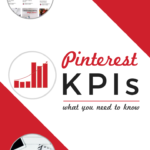




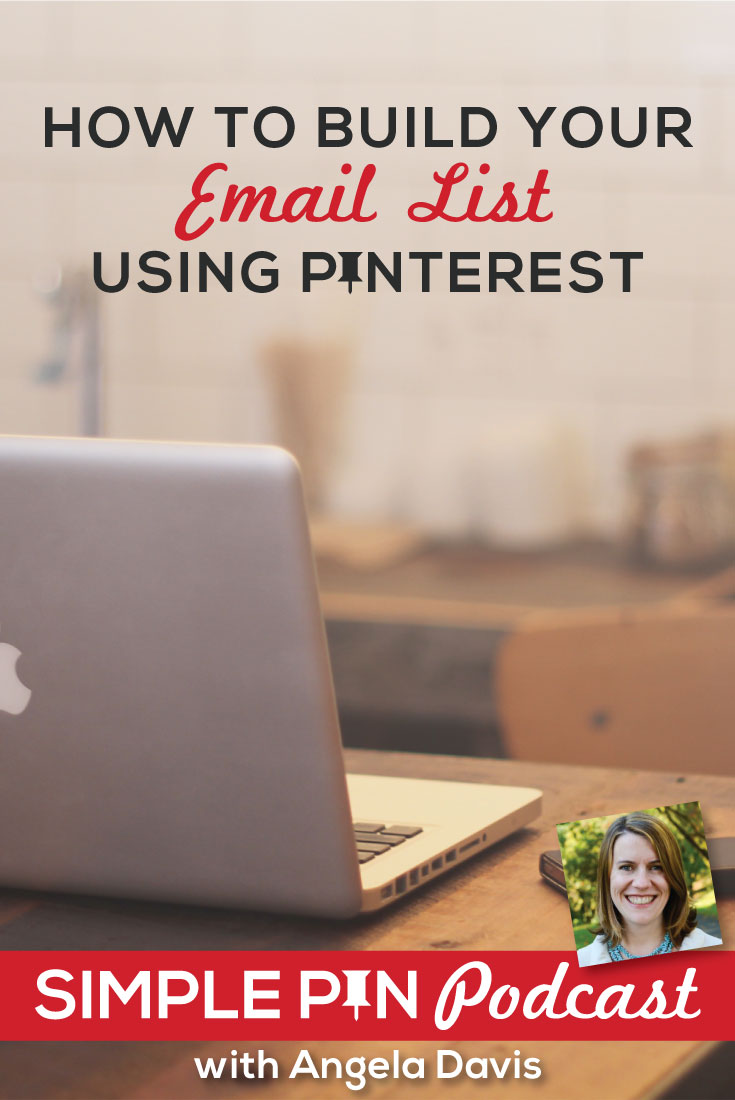
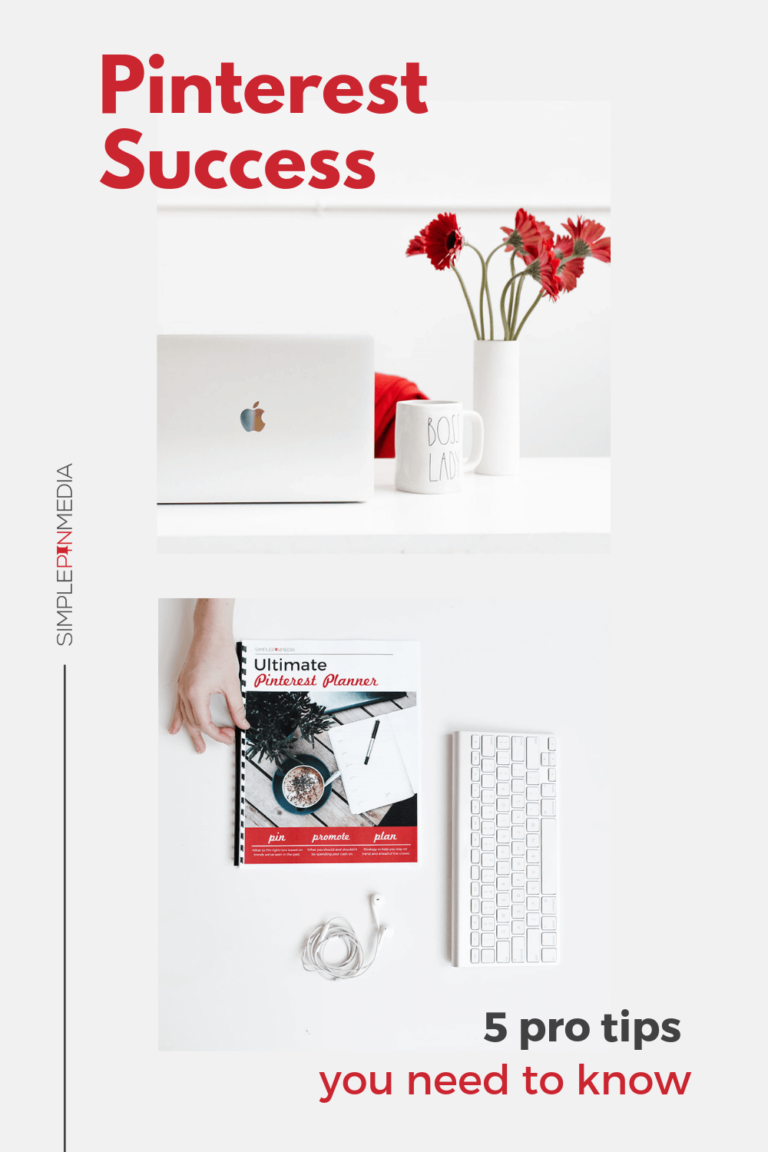

Thank you for such an informative post. It is actionable and well put!
This is quite interesting to hear about a Pinterest KPI. I had no clue myself what an KPI Pinterest measurement was or is. All I do is write unique content in the Pinterest pin description section and include relevant hashtags so my pins can get found in the Pinterest search engine. Perhaps I should delve into this a tid bit deeper so I can better understand Pinterest KPI demographics. Thanks for mentioning this.
Hi Kate and Kelly,
You have made a somewhat technical subject easier to understand. Though, as you say, everyone needs to work out his own KPIs, what a KPI is and how it should be used for a clearer view of the business has been explained nicely.
Also, you have given with example some metrics which can be misleading. That helps us decide what kind of metrics to use and what to avoid. It is really helpful to understand the concept.
Thanks for sharing these useful insights with us. Have a great day!
-Naveen
There is certainly a lot to know about this issue.
I like all of the points you have made.
Amazing advice from Kelly!
Thanks, Kate for bringing her to your podcast, and keep up the great content!!!